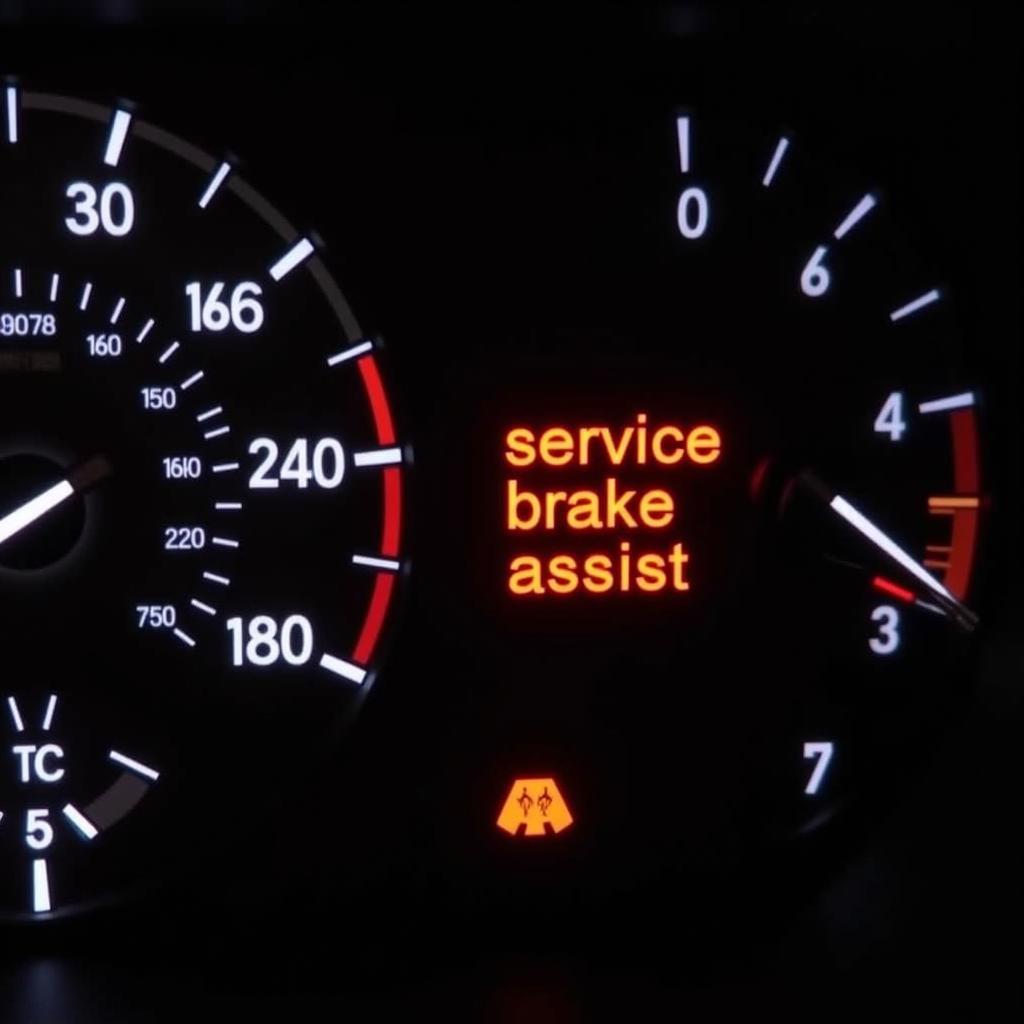AdBlue is a vital component for modern diesel vehicles, ensuring cleaner emissions. While it’s essential for maintaining your car’s performance, there are times when you might need to reset the AdBlue system, especially after adding new AdBlue. This article will guide you through the process of resetting your AdBlue system after adding AdBlue.
Understanding the AdBlue System and Why Resetting is Necessary
AdBlue, also known as DEF (Diesel Exhaust Fluid), is a urea solution that is injected into the exhaust system of diesel vehicles to reduce harmful emissions. The AdBlue system monitors the amount of fluid remaining and notifies you when it needs refilling. It also monitors the quality of the AdBlue. When you add new AdBlue, the system needs to be reset to ensure it reads the new fluid level and quality correctly.
Resetting the AdBlue System: Step-by-Step Guide
The exact steps for resetting your AdBlue system will vary depending on the make and model of your car. However, here’s a general guide:
Step 1: Turn on the Ignition
Start your car and let the engine run for a few minutes to ensure the system is powered up.
Step 2: Access the AdBlue Menu
Consult your car’s user manual for the specific steps on accessing the AdBlue menu. This might involve navigating through the car’s infotainment system, dashboard display, or using steering wheel controls.
Step 3: Initiate the AdBlue Reset
The AdBlue reset option might be labeled as “AdBlue Service Reset” or similar. Select this option and follow any on-screen prompts.
Step 4: Confirm the Reset
The system may require confirmation before completing the reset. Follow the prompts carefully.
Step 5: Check the AdBlue Level
After completing the reset, check the AdBlue level to ensure the system has recognized the new fluid. The AdBlue level should now be accurate.
Important Considerations After Resetting AdBlue
- Check for Error Messages: After resetting, make sure the AdBlue warning light has gone out and no new error messages appear on the dashboard.
- Maintain Proper AdBlue Level: AdBlue is a vital component for proper engine function and emissions control. Always ensure you have enough AdBlue in the tank.
- Use Quality AdBlue: Using the correct type of AdBlue is crucial for optimal system performance and avoiding potential damage.
Common AdBlue Reset Issues and Troubleshooting Tips
- System Not Recognizing AdBlue: If the AdBlue system does not recognize the new fluid after resetting, there might be an issue with the sensor, fluid quality, or a system fault. Check for error messages and consult your car’s user manual for troubleshooting tips.
- Resetting Failed: If the reset fails, try restarting the car and repeating the reset process. If the issue persists, it’s best to consult a qualified technician.
Expert Insights on AdBlue Reset
“Always use high-quality AdBlue and consult your car’s user manual for specific instructions on resetting the system,” says [expert’s name], an experienced automotive technician. “Following these steps will help ensure proper AdBlue system operation and avoid potential issues.”
Frequently Asked Questions
Q: How often should I reset the AdBlue system?
A: You typically only need to reset the AdBlue system after adding new AdBlue. The system automatically monitors the fluid level and quality.
Q: What happens if I don’t reset the AdBlue system?
A: The AdBlue system might not accurately reflect the fluid level and quality, potentially leading to warning lights, reduced engine performance, and even system malfunctions.
Q: Can I reset the AdBlue system myself?
A: Yes, most modern vehicles allow for self-resetting the AdBlue system. Refer to your car’s user manual for detailed instructions.
Q: What if I’m still having AdBlue issues after resetting?
A: If you continue to encounter problems with your AdBlue system, consult a qualified technician for diagnosis and repair.


